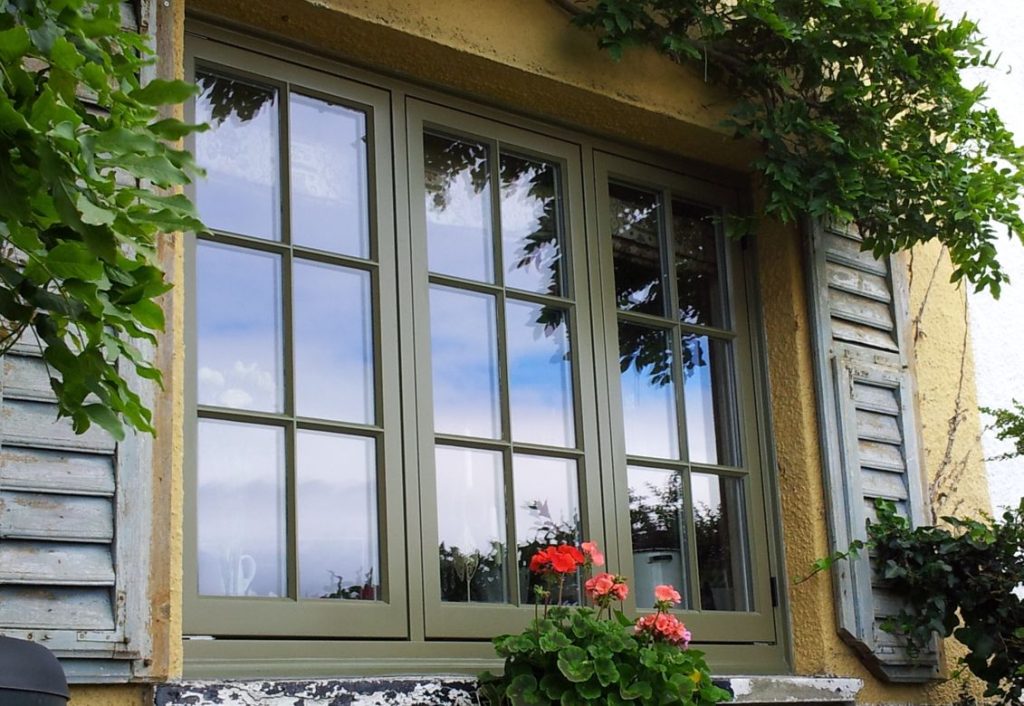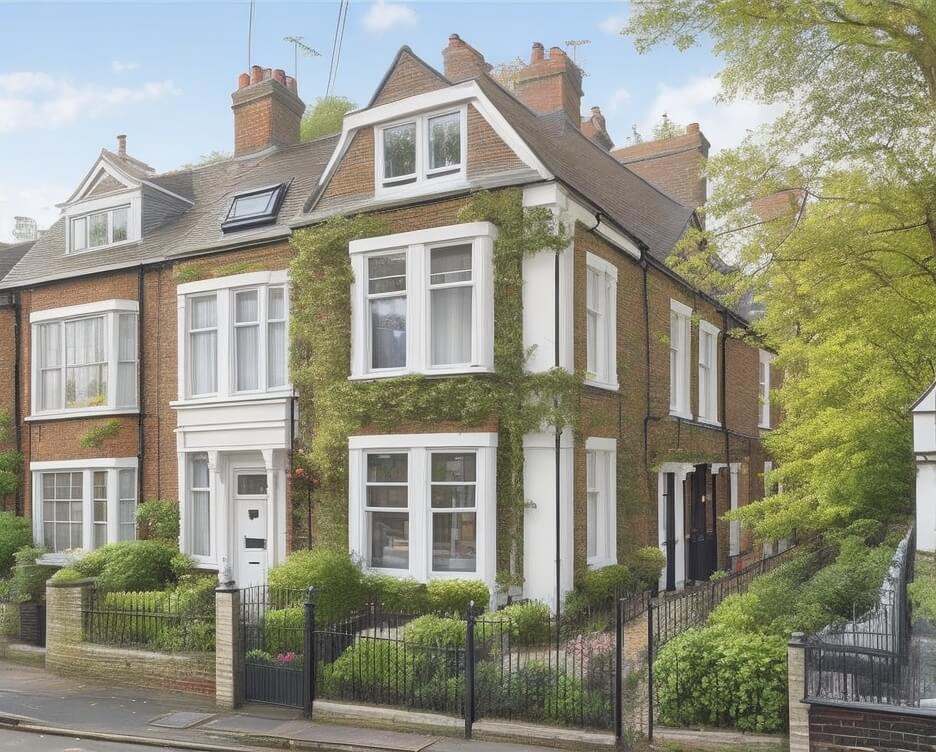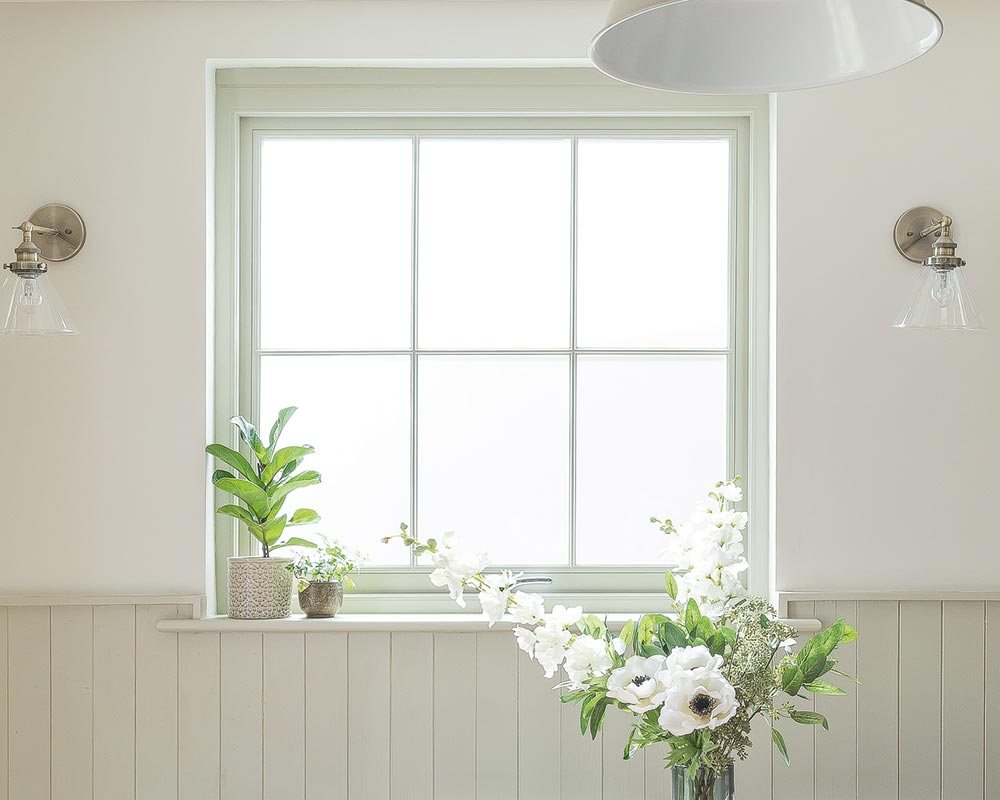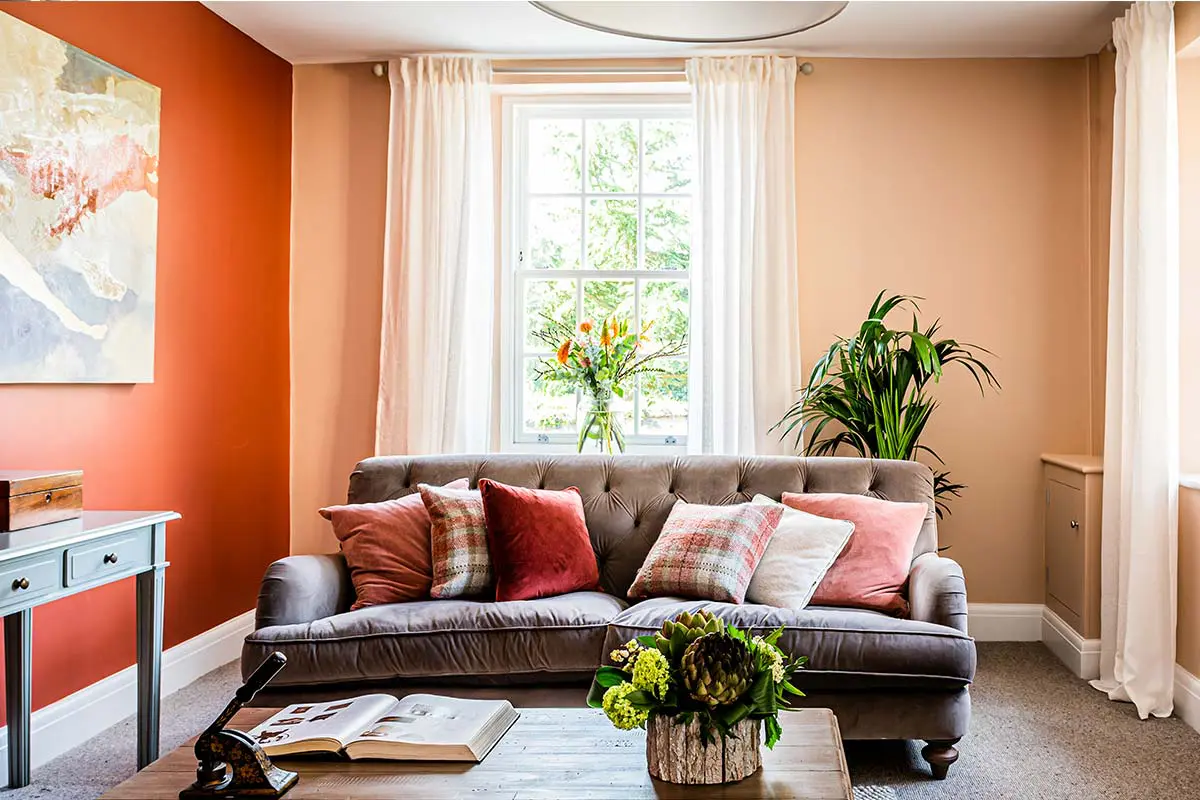Secondary glazing vs double glazing: Which is best for your home?
May 22, 2025 | Homeowner | Written by Nicola Harrison
When it comes to improving the comfort, energy efficiency and tranquillity of your home, the right glazing solution can make all the difference. For homeowners with sash windows – especially those living in period properties, conservation areas or listed buildings – the choice between secondary glazing and double glazing is a common dilemma. Each option has its own set of advantages, drawbacks and suitability considerations.
At Bereco, we have a wealth of experience helping homeowners find the perfect window solution for their unique needs. In this guide, we’ll walk you through everything you need to know about secondary glazing vs double glazing, so you can make an informed decision for your home.
What is secondary glazing?
Secondary glazing involves adding a second layer of glazing to your existing windows. This is typically an internal secondary window – either a pane of glass, a transparent sheet of plastic, or even magnetic secondary glazing – fitted to the inside of your original window frames. It creates an independent barrier against the elements, improving insulation and reducing noise without altering the exterior appearance of your home.
There are several types of secondary glazing, including:
- Fixed secondary glazing
- Sliding or lift-out panels
- Magnetic strips or secondary glazing film
- Wooden secondary glazing frames
This solution is especially popular for listed properties and homes in conservation areas, where replacing original sash windows with new units may not be permitted by the local planning authority.

What is double glazing?
Double glazing refers to windows that are manufactured with two panes of glass separated by a cavity filled with air or inert gas (such as argon). This sealed unit is fitted into new window frames – often timber, aluminium or uPVC – and offers excellent thermal insulation and noise reduction.
At Bereco, our double glazed timber windows are crafted from sustainably sourced timber and exceed the latest building regulations, achieving impressive U-values starting from 1.3 W/m²K. This means you get modern energy efficiency with the timeless appeal of wooden sash windows.
Secondary glazing vs double glazing: Key differences
| Feature | Secondary glazing | Double glazing |
| Installation | Fitted internally to existing windows | Requires new window units and frames |
| Energy efficiency | Good (improves single glazing) | Excellent (especially with inert gas cavity) |
| Noise reduction | Good to excellent (depends on gap size) | Excellent |
| Suitability | Ideal for listed buildings/conservation areas | May need consent in protected properties |
| Cost | Lower upfront cost | Higher upfront cost, longer-term investment |
| Aesthetics | Preserves original external look, can look unsightly internally | New frames; can replicate traditional styles |
| Maintenance | Additional cleaning required | Standard window maintenance |
How do they compare on energy efficiency?
Energy efficiency is a top priority for many homeowners, especially with rising energy bills. Both secondary glazing and double glazing help reduce heat loss, but they do so in different ways.
Double glazing is the gold standard for thermal insulation. The two panes of glass, separated by a cavity filled with inert gas, create a highly effective barrier against heat loss. This means your heating stays inside, keeping your home warmer and reducing your heating bills. At Bereco, our double glazed windows can achieve U-values of 1.3 W/m²K – which is 7% better than the current building regulation requirements.
Secondary glazing also improves the energy efficiency of your home, particularly when installed over single glazing. The additional layer of glazing creates an insulating air gap, reducing draughts and heat loss. While not quite as efficient as modern double glazing, it’s a significant improvement over single panes and may be the only option for certain listed properties.
Which is better for noise reduction?
If you live on a busy road or in a noisy area, reducing noise pollution is likely high on your wish list.
Double glazing does an excellent job at reducing noise levels, thanks to the sealed cavity between the panes of glass. For even greater performance, specialist acoustic glazing is also available. At Bereco, we offer fully 3rd Party certified Acoustic windows with a noise reduction of up to 42dB.
Secondary glazing can outperform double glazing for noise reduction in some cases, especially if there is a larger gap between the original window and the secondary pane. This wider cavity acts as an independent barrier, significantly reducing the transmission of noise.

Suitability for listed buildings and conservation areas
One of the most important factors in choosing between secondary glazing vs double glazing is your property’s status.
- Listed buildings and conservation areas are subject to strict rules from the local planning authority. These vary between areas – some will allow original sash windows to be replaced with sympathetic modern windows with double glazing (such as Bereco’s Heritage Range), whereas other areas may be stricter.
- Secondary glazing is often recommended for these areas with stricter rules, as it is installed internally and leaves the external appearance unchanged. It’s a practical way to improve comfort and efficiency while respecting heritage.
Cost considerations
Budget is always a factor when upgrading your windows.
- Secondary glazing is generally more affordable upfront. It requires less invasive work, as it’s fitted to your existing windows, and can be a great way to achieve energy savings without the cost of full window replacement.
- Double glazing involves higher initial costs, as it requires new units and installation. However, the long-term savings on heating bills and the potential increase in property value can make it a worthwhile investment.
Installation and aesthetics
Secondary glazing is less disruptive to install and preserves the original look of your windows from the outside – a key consideration for period homes. However, it does add an extra layer on the inside which can be unsightly depending on the type used.
Double glazing requires the removal of your existing windows and installation of new frames. At Bereco, our timber double glazed sash windows are designed to replicate the proportions and details of traditional wooden sash windows, so you don’t have to compromise on style.
What are the cons of each option?
Secondary glazing cons:
- Can be less visually appealing from the inside
- May require additional cleaning and maintenance
- Not as effective as modern double glazing for thermal insulation
Double glazing cons:
- Higher upfront cost
- May not be suitable for listed properties without consent
- Requires replacement of original windows
How can Bereco help?
At Bereco, we’re passionate about helping homeowners find the perfect balance between modern performance and traditional style. Our double glazed timber windows are crafted from sustainably sourced materials, exceed current regulations, and are built to last for decades with minimal maintenance.
Contact us today to discuss your project, explore our range of beautifully crafted timber windows, or book a free consultation. Let’s work together to find the glazing solution that’s right for your home – combining modern performance with timeless style.





